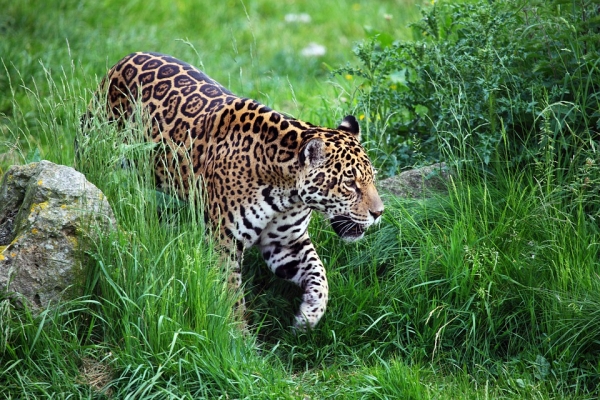For thousands of years, bison herds thundered freely throughout the Chihuahuan Desert on both sides of what is now the U.S.-Mexico border. In November 2009, after three frantic months of chasing down the required permits, Rurik List and Nélida Barajas watched as 23 bison from Wind Cave National Park in South Dakota arrived by tractor-trailer at the Santa Teresa international cattle crossing in southeastern New Mexico.
The animals, 20 females and three males, galloped through the dusty stockyards, across the border, and into the state of Chihuahua. A permanent herd of wild bison had been missing from Mexico for more than 150 years. “It’s hard to describe the feeling,” says Barajas. “We were bringing the bison back home.”
Two weeks later, 140 miles southwest of the border crossing, the bison were released from a quarantine corral at El Uno ranch, a 46,000-acre oasis of recovering grasslands in a Chihuahuan Desert landscape severely degraded by the overgrazing of domestic livestock. List, a conservation biologist at Mexico’s National University who had drafted the bison restoration plan for northern Mexico, and Barajas, a Nature Conservancy scientist and the ranch manager at the time, were joined by 700 government officials and local ranchers and farmers and their families to witness the event. When the gates opened, a bull led the herd into an iconic Western tableau of big sky and luminous sweeps of golden desert grasses backed by the rugged peaks of the Sierra Madre Occidental.
Read more at Yale Environment 360
Photo Credit: PublicDomainPictures via Pixabay


